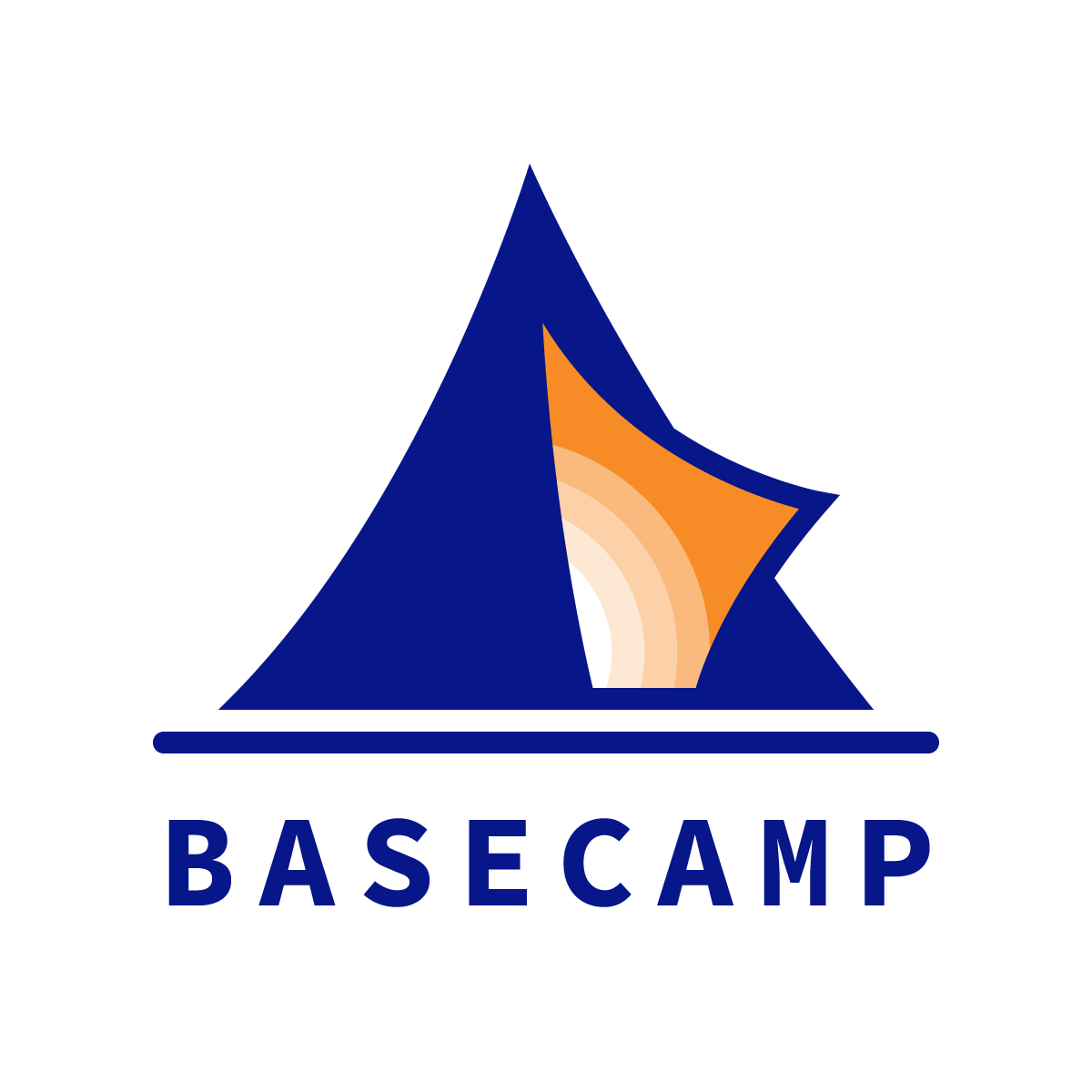Lesson 4 of 4 from a Virtual Expedition
Let’s face it: if you have taught in physical presence for even a few years, then switching to online teaching is hard.
But it gets a lot easier when you work from design principles. When COVID-19 hit and we decided to run a fully virtual Expedition, we agreed on a few:
Kids learn best when they are seen and known by adults and by their peers. This is even more important in a virtual environment.
We are embodied creatures, so physical touchstones are important.
Kids should not sit in front of a screen for 6-8 hours a day.
To activate each of these principles, co-facilitator Patrick Sillup developed a hypothesis that we validated and shared with Chelle Wabrek, Derek Krein, and Kate Turnbull from “The Curisoity Files”: Lesson #4: “Front Load” the experience for the students.
Front loading called on us to:
Learn about each kid’s strengths prior to the Expedition and create immediate opportunities on Day 1 for their peers to know them before we started “the work.”
Send packages to their homes with a variety of objects, some for fun but others because we decided to …
… ask them to take care of their minds, bodies, and souls offline.
Naturally this required a lot of planning. And since we were effectively guessing at what would work, after the Expedition we surveyed the students about the things we “front loaded.”
For 5 teachers who have taught in physical presence for anywhere between 10 and 30 years, was that level of planning and execution hard? Of course.
Was it worth it?
Without a doubt.
Virtual learning isn’t going away. What lessons have you learned so far?
***
Thank you for reading this post from Basecamp's blog, Ed:Future. Do you know someone who would find the Ed:Future blog worthwhile reading? Please let them know that they can subscribe here.

